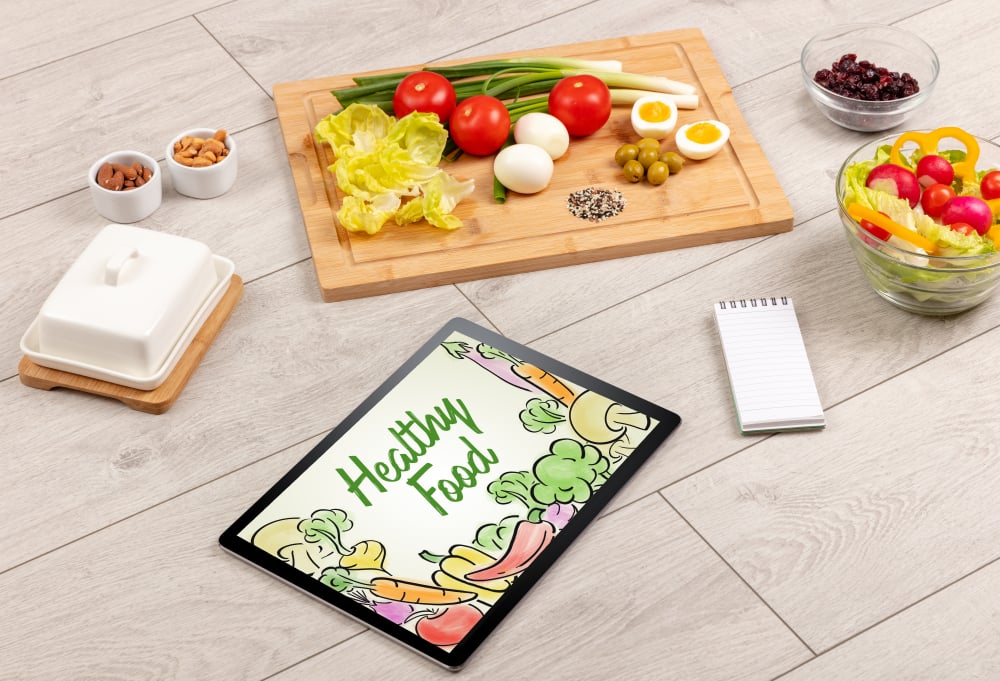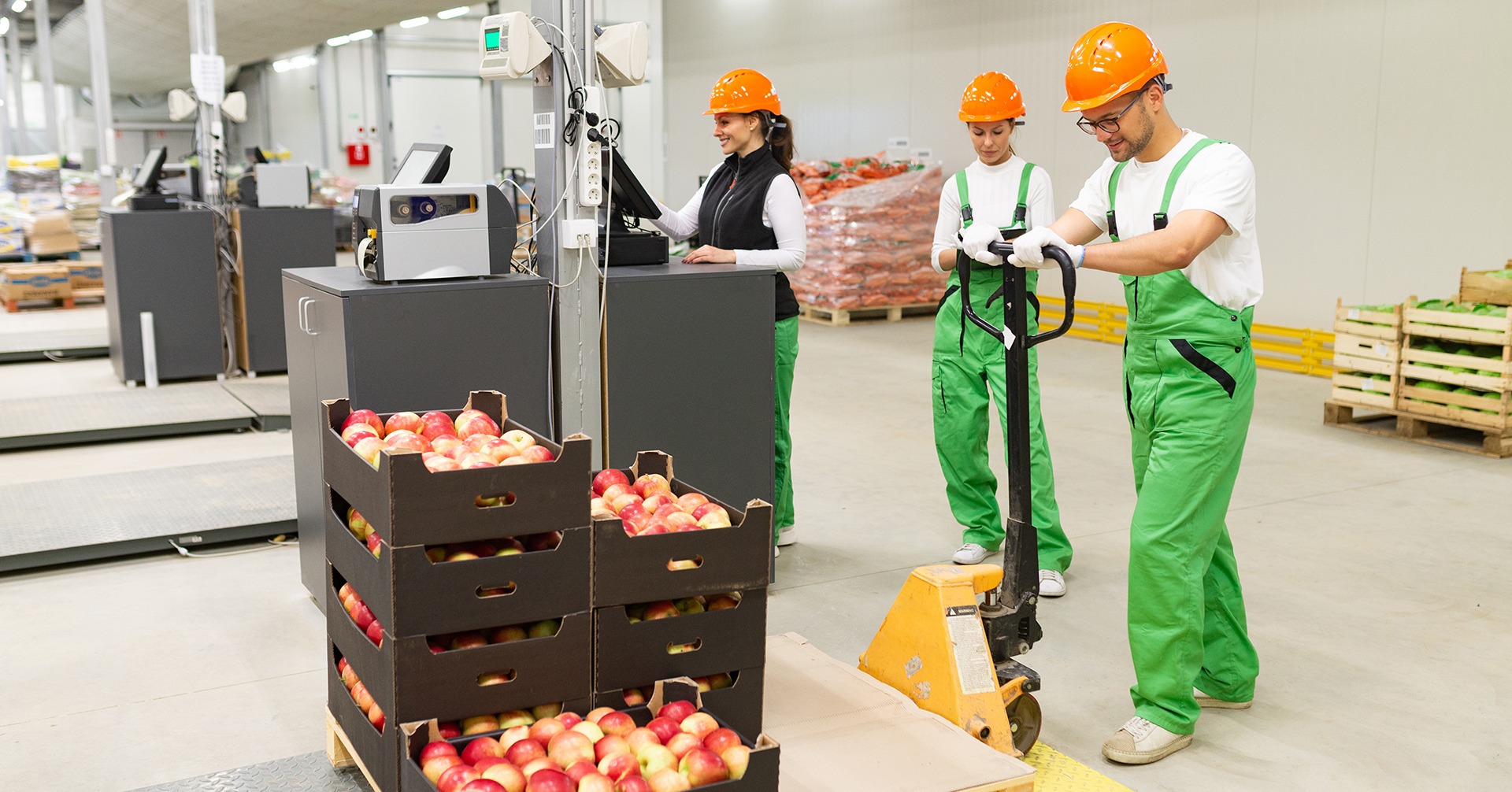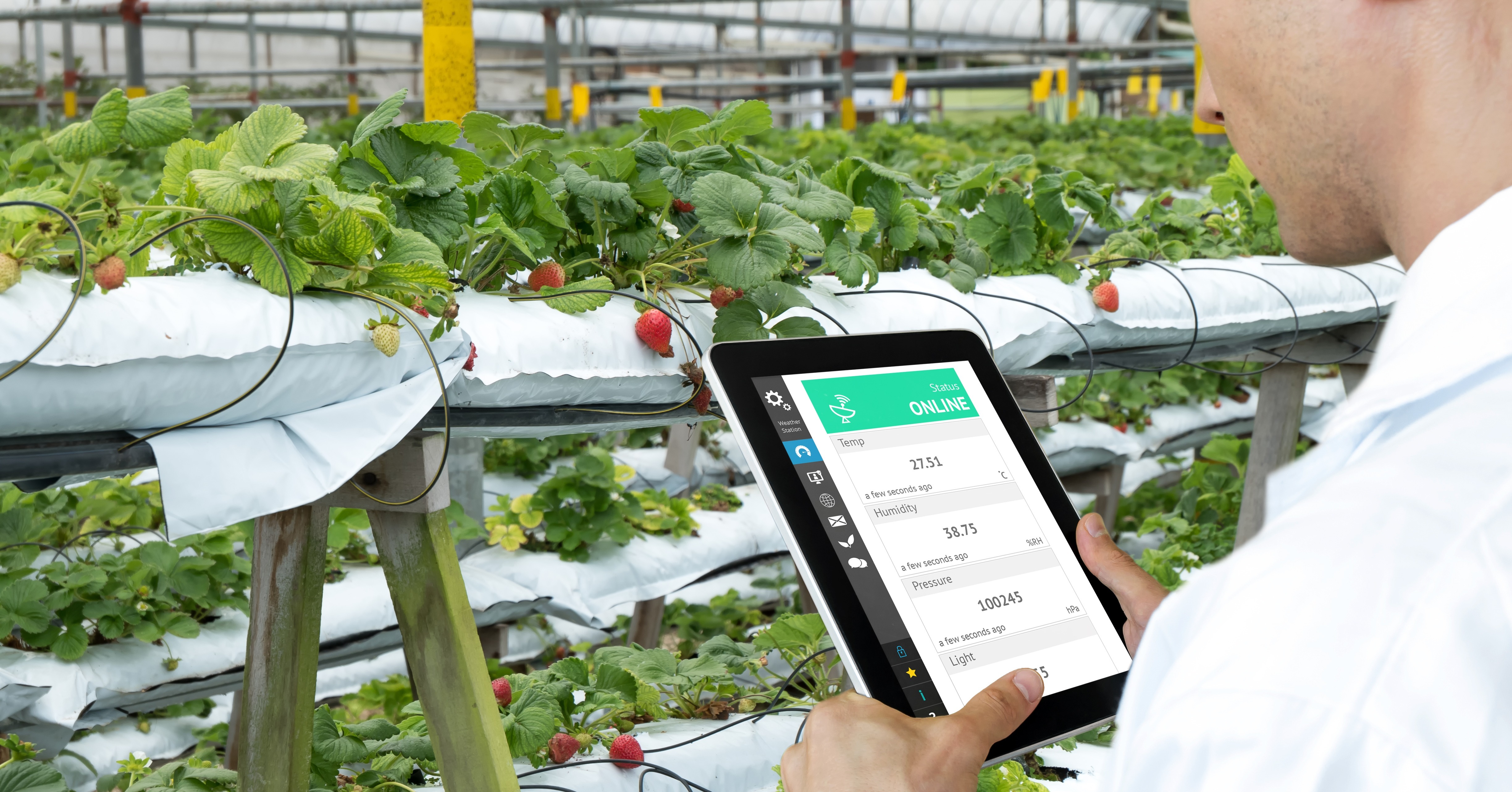Globally, food waste remains one of the major challenges that affects the industry today. With an estimated 9.5 million tonnes of food waste over the course of 2021 in the UK alone, here’s why it’s pivotal that businesses reduce food waste within their operations:
Food loss and food waste – what’s the difference?
Two of the most common terms associated with poor food utilisation are “food waste” and “food loss”. Let’s look at what these two phrases mean:
Food loss
Food loss typically refers to food lost in earlier stages of production such as harvest, lack of proper infrastructure, poor practices, and transportation. It’s found that 26% of our global carbon emissions come from production lines, creating a need for food businesses to tighten up their operations. However, without the use of proper technology, it can be difficult to monitor food quality and control due to the countless processes there are.
Food waste
Food waste refers to items that are fit for human consumption but are thrown away by consumers. Food delivery companies such as HelloFresh, who focus primarily on delivering fresh ingredients to people’s doorsteps, have taken steps to reduce food waste at a consumer level. By sending consumers the exact ingredients they need to cook the recipes, it reduces the chances of them having leftover food which could’ve turned into waste otherwise.

Why businesses should reduce food waste
Both food waste and food loss are affecting our environment. From producing, moving, and storing food to cooking, each of these let off greenhouse gases that contribute to climate change. There’s also the added pressure of international bodies towards food businesses, such as the United Nations, who have set a target of halving all global food waste by 2030. Here are some key facts around food waste that were found last year in the UK alone:
- More than 6.4 million tonnes of food waste could have been eaten a year – the equivalent of 15 million meals
- Households were the biggest contributors to waste, amounted to a staggering 70% (6.6 million tonnes), followed by 16% from food manufacturers (1.5 million tonnes)
- A change in behaviour due to the pandemic – a survey found that during the pandemic, 41% of the respondents undertook more pre-shop preparations beforehand, such as last-minute checks of cupboards and fridges
What can businesses do to reduce waste in the food industry?
Now that we’ve highlighted the importance of reducing food waste, let’s look at some of ways you can do just that:
Find innovative ways of disposing your food waste
With the increased awareness around businesses and how they can reduce waste, why not look towards doing it in a way that benefits your community? For instance, you can do this by offering your excess food from production lines to food shelters, supporting those in need whilst preventing landfill pollution. Read more about ways to reduce your food waste by clicking here.

Removing ‘use by’ dates on certain food groups
To combat food waste at a consumer level, supermarket giants Morrisons will add ‘best before’ dates and remove ‘use by’ on their cartons to stop people throwing out milk that’s safe to drink. Compared to food groups such as meat, products like milk, fruit, and veg spoil at a much slower rate, meaning that supermarkets can extend shelf lives of these. As a result, we’ll see less waste being produced due to these items being perfectly edible after their current expiry.
Increased usage of “ugly” fruits and vegetables
Like Morrisons with their best before dates on milk, other supermarkets have shifted their attention to reducing food waste. In 2021, Tesco found their ‘Perfectly Imperfect’ range has helped save an astonishing 50 million packs of fruit and veg since its launch.
With recent sustainability focused events such as the COP26 summit, Tesco took this as the perfect opportunity to highlight how they are working towards future sustainability goals. Therefore, by repositioning the food that may have been damaged during production, other businesses can follow suit to help meet this goal.

Involvement in initiatives such as WRAP (Waste and resources action programme) and the Courtauld Commitment 2030
The agreement between WRAP & Courtauld brings together organisations across the food system to ensure food and drink production achieves wider, environmental goals. For the area of food waste, they aim to deliver a 50% reduction by 2030, and indicated further reductions produced from supply chains are needed.
In production lines, it’s not always easy to understand exactly how much waste is being produced and what the cost of waste is, which can be underestimated. In the UK, the typical cost of waste is between 4% and 5% of company turnover but can be as high as 10% in some cases. Undeniably, there’s a huge cost benefit to reducing your food loss or waste.
How can technology help food businesses?
- Technology can analyse production processes to see where resources can be utilised best, such as cross-market selling (e.g., leftover meat in dog food), making their supply chain more resilient
- Software can capture information in their supply chain, assisting with developing insights for waste reduction via operational analysis. Businesses can then identify each stage of their production line to show where waste is happening most and act upon this
- Introducing IoT (Internet of Things) to the processes within production lines improves supply chain performance, as the freshness of food can be tracked efficiently to avoid the spoilage of perishable foods

The importance of value when introducing modern technology
For any food business, value creation should be the biggest priority when it comes to building a sustainable food business. For instance, if reducing food waste is the reason technology is being introduced but there’s no buy-in from key stakeholders, this can threaten the bottom line of an organisation. Why? People are resistant to change. Therefore, by answering what’s in it for them, this can help individuals see the value of the transition.
Explore the challenges facing the food industry today
Reducing food waste isn’t the only challenge facing the industry today. From supply chain disruptions to the ongoing implications of the pandemic, the food industry has its work cut out. In our interactive infographic, we explore:
- The changes of consumer demands and how it forces businesses to adapt
- Why manufacturers need to do more around tackling food waste
- How businesses are tackling these challenges
- How technology is driving the industry
Get your copy below.

